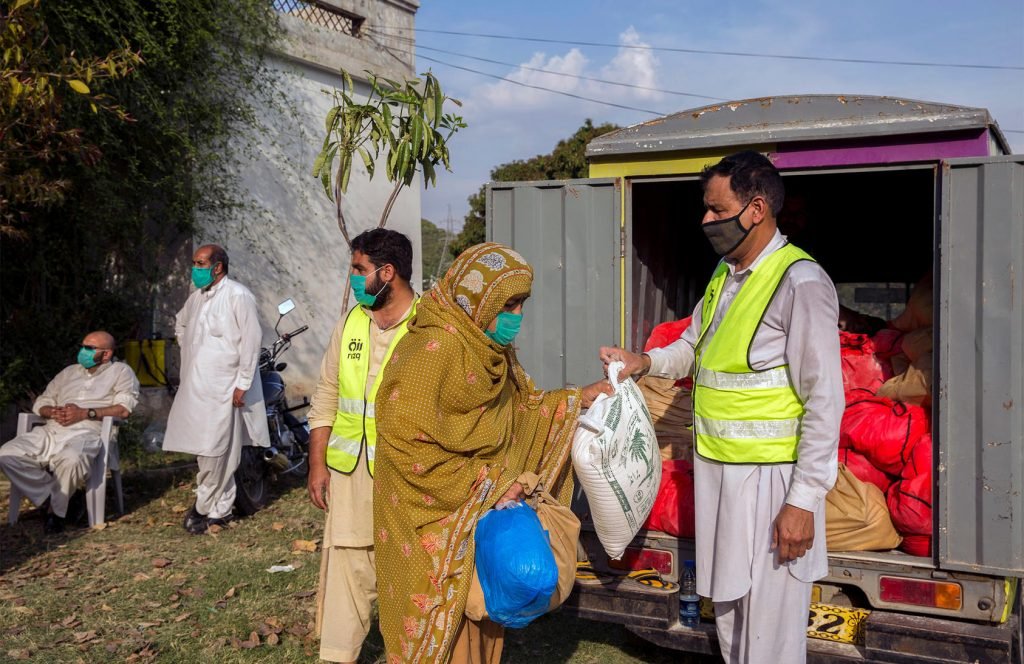The New York Times (NYT), in an article has documented the lives of the public in the wake of high inflation in Pakistan.
Pakistan, which is already under heavy debt has recently reached an agreement with the International Monetary Fund (IMF) for the first one billion dollars of what is expected to be a 6 billion dollars rescue package announced by the government earlier this week. Last month, Saudi crown prince, Mohammed bin Salman, pledged 4.2 billion in cash assistance to Pakistan.
“The economy is the biggest threat that the government is in fact facing right now. This is basically eroding the very basis of their public support, said Khurram Husain, a business journalist in Karachi.
Journalists Emily Schmall and Salman Masood reported on the life of 66-year-old Muhammad Nazir, a shopkeeper who canceled his daughter’s wedding and despite having a motorcycle at home, walks to his shop. Many of his shelves are empty because he can’t afford to stock the same supply of candy, soft drinks, and cookies that he once did.
“I am not making any profit these days. Still, I come here every day, open the shop and wait for customers,” Nazir said.
Saleem Shahzad, a plumber who recently moved his six-year-old son to a less expensive school said, “[The Prime Minister] Imran Khan is a good person and is still liked by many, but his team is not performing. It is incompetent.”
According to government data, inflation in Pakistan surged 9.2 per cent in October from the year 2020. The cost of basic food items this month increased by 17 per cent. Pakistan’s biggest food import is palm oil, which has also jumped in price. Moreover, in recent months Pakistanis have seen standard gas prices jump to 34 per cent.







